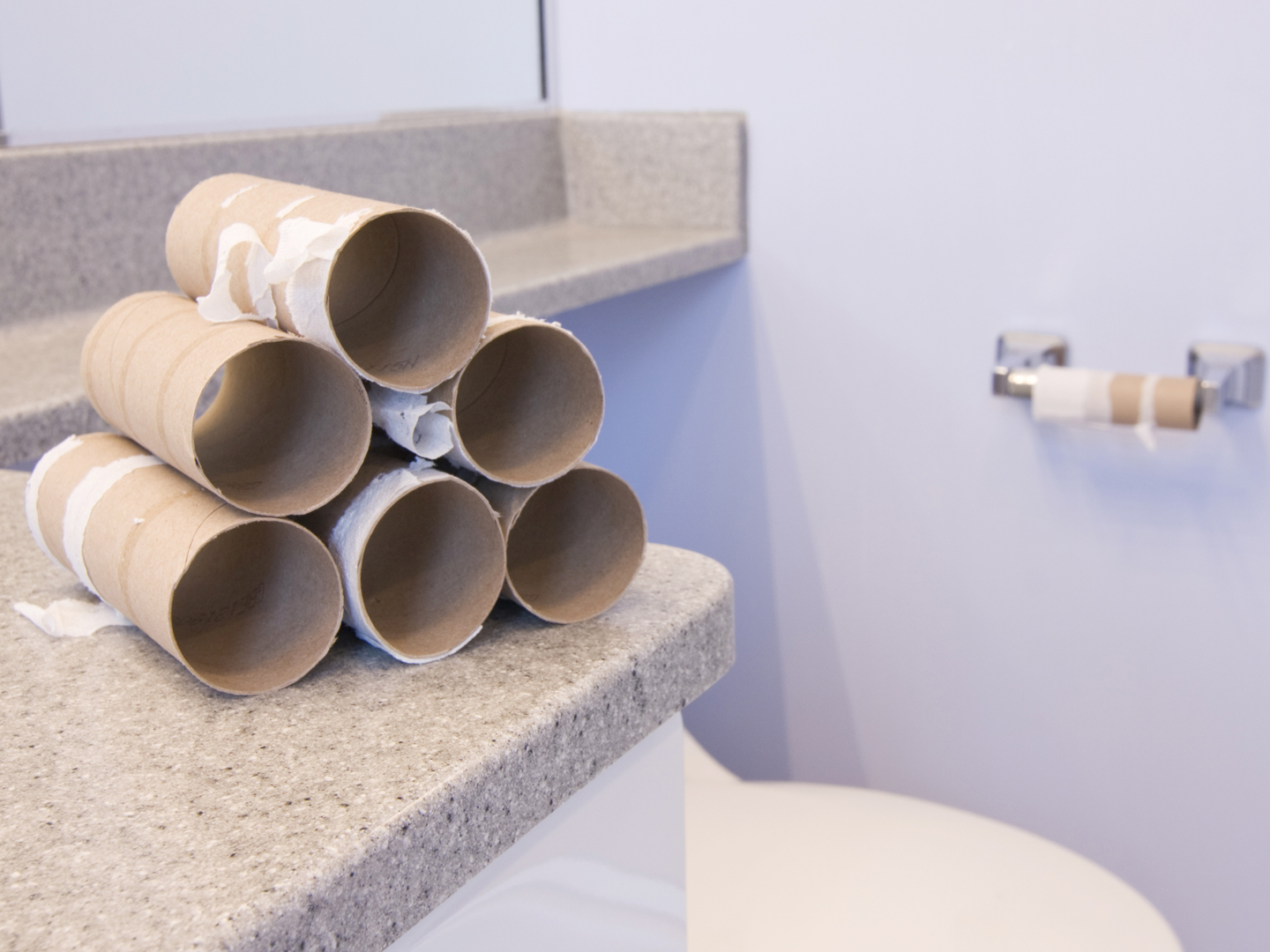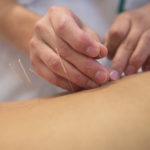Escaping Montezuma's Revenge?
I’m planning a trip to Southeast Asia. What do you advise for preventing and treating traveler’s diarrhea?
Andrew Weil, M.D. | February 12, 2007

Nothing can ruin the fun of a trip abroad like a bout of traveler’s diarrhea. The U.S. Centers for Disease Control and Protection (CDC) reports that between 20 and 50 percent of all international travelers (about 10 million people) develop diarrhea along with the associated symptoms of nausea, vomiting, abdominal cramping and bloating. Fortunately, even without treatment, most cases resolve in a day or two.
Still, it’s best to be careful. You can minimize your risks by avoiding foods or beverages sold by street vendors or from restaurants or cafes that don’t look clean. Be sure to avoid raw or undercooked meat and seafood and don’t eat any raw fruit that you don’t peel yourself. Be very careful about water – unless you’re absolutely sure that it is safe, don’t drink tap water or even use it to brush your teeth. Avoid ice unless you know it’s made from purified water. Make sure that the seal on bottled water is unbroken before you drink.
I don’t advise taking Pepto-Bismol preventively because it is a saliciylate and these chemicals, used long term, can be toxic. They also can cause allergic reactions in sensitive people. When I travel in underdeveloped countries, I take acidophilus to reduce the risk of traveler’s diarrhea. The dose is one tablespoon of the liquid culture or one to two capsules after meals unless the label directs otherwise. Always check the expiration date on acidophilus products. You want to be sure the bacteria in them are alive and in good condition. And be sure to protect your supply from heat. I prefer products like Culturelle that provide lactobacillus gg, a strain known to survive passage through the strong acid of the stomach.
If despite these precautions, you begin to develop symptoms (the first are often sulfurous-tasting burps), stop eating entirely. Drink peppermint or chamomile tea made with bottled water and take Pepto-Bismol as directed on the label.
If diarrhea is accompanied by painful cramps, the best remedy is an old-fashioned one: tincture of opium. It is very effective and quite safe if used in the proper dosage for a short period of time. The best preparation is deodorized tincture of opium (DTO), a concentrated extract. Ask your doctor to prescribe an ounce or so in a dropper bottle. The dose is 10 to 15 drops in a little water every three or four hours as needed. Alternatively, use camphorated tincture of opium, or paregoric, a less concentrated preparation, one teaspoon in water at the same frequency. But don’t take either opium preparation for more than 48 hours and don’t use either of them for noncramping diarrhea. (By the way, these opium preparations, though safer and superior to modern antidiarrheal drugs are not so easy to find anymore. You may have to get them from a compounding pharmacy).
Be sure to see a doctor if treatment doesn’t help or if high fevers develop, you are feeling dehydrated, have blood in the stool or are vomiting with the diarrhea. Remember to try to stay as hydrated as possible with clear liquids. If you need to use the local water, boil it for at least 15 minutes or buy electrolyte replacement solutions from a pharmacy. Symptoms of dehydration include headache, feeling dizzy or lightheaded, fatigue, and sluggish thinking.
Be vigilant about what you eat and drink, and you shouldn’t have any trouble. Bon voyage!
Andrew Weil, M.D.









